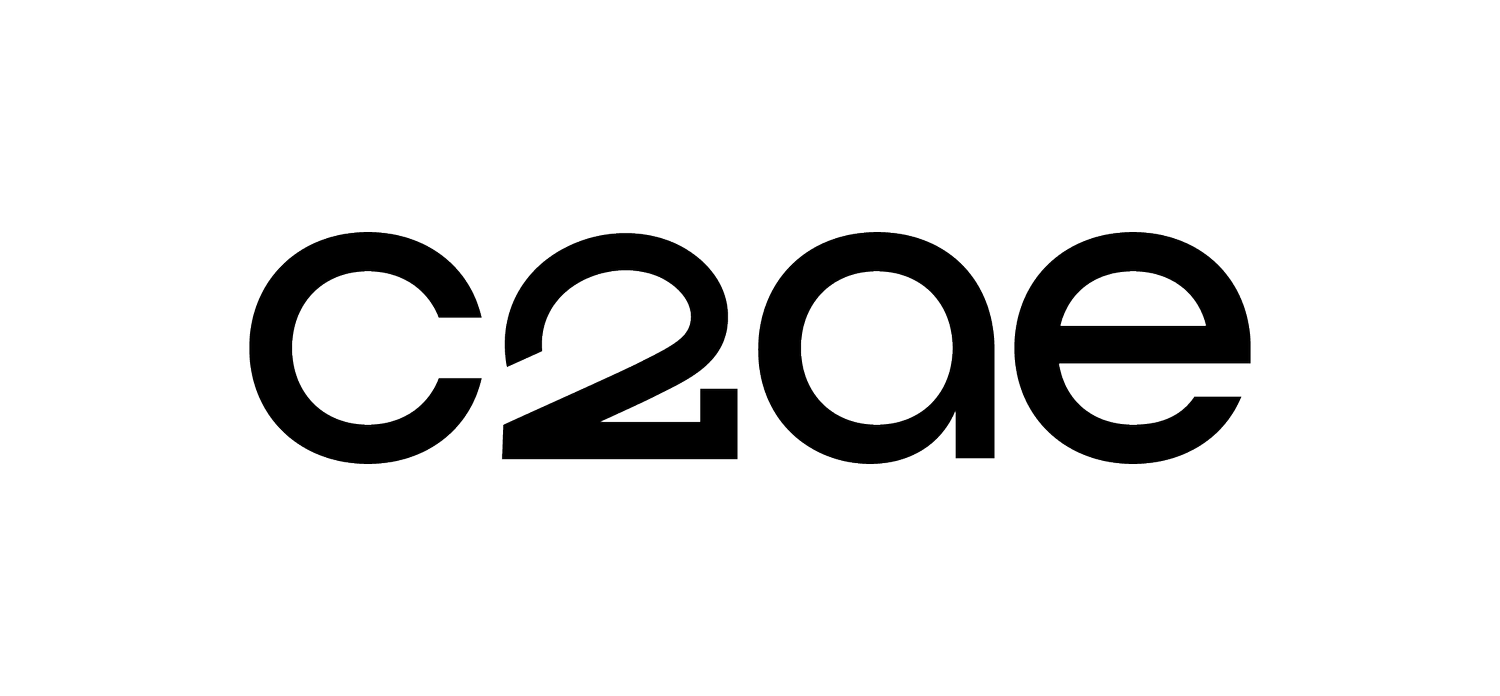Is LEED Building Certification Worth It?
Leadership in Energy and Environmental Design, or LEED, is the grandfather of green building rating systems in the United States. Though there are other benchmarks today, no name is as widely recognized as LEED.
Established in 1998 by the U.S. Green Building Council (USGBC), LEED is useful for reducing a building’s environmental impact and indicating a level of energy efficiency. Features that may help qualify a building for LEED certification include water efficiency, sustainable materials, indoor environmental quality, or site sustainability.
It goes without saying that environmental impact and user health are important to the majority of building owners. But to what level? Many environmental decisions have a major price tag attached to them. Some have a quick return on investment and others don’t. Certain certification credits make more sense on some buildings than others. As an owner, should you only choose the easy credits with a quick payback? Do you choose the minimum to get to a certain certification level and no more? Are the marketing opportunities that come with LEED certification enough to balance the cost of sustainable design? How much can tax incentives or grant opportunities cover? How does someone weigh all of these factors?
Start with the basics. First, choose a design team with an inherently green mindset and has LEED-certified staff members to help you inform key decisions. If you aren’t clear on funding opportunities, make sure your design team has knowledge in this area to help you secure easy money and set the budget early on.
Second, understand your constituents. Who will be using the finished space? What do they care about? According to a 2020 study from the Princeton Review, 66% of college-bound teens and families said that having information about a college's commitment to the environment would affect their (or their child's) decision to apply to or attend a school. LEED certification uses a clear scoring system, which entities can point to as a concrete and measurable step toward environmental stewardship and cost efficiency. This reason alone may be enough for some organizations to consider pursuing LEED certification.
Third, work with your design and construction team to evaluate which credits are easy to obtain and which will be a stretch based on your building location, site, program, constraints, opportunities, and budget. This information can serve as a basis for cost estimating and building a plan moving forward.
Once you’ve worked through each of these steps, if you still aren’t sure whether LEED certification is the best option for your project, consider making the most sustainable design choices available without seriously impacting your budget or operational capabilities. LEED certification is great for a lot of reasons, but the most important thing is creating a space that’s right for your enterprise, customized to your users, and kind to the planet.
